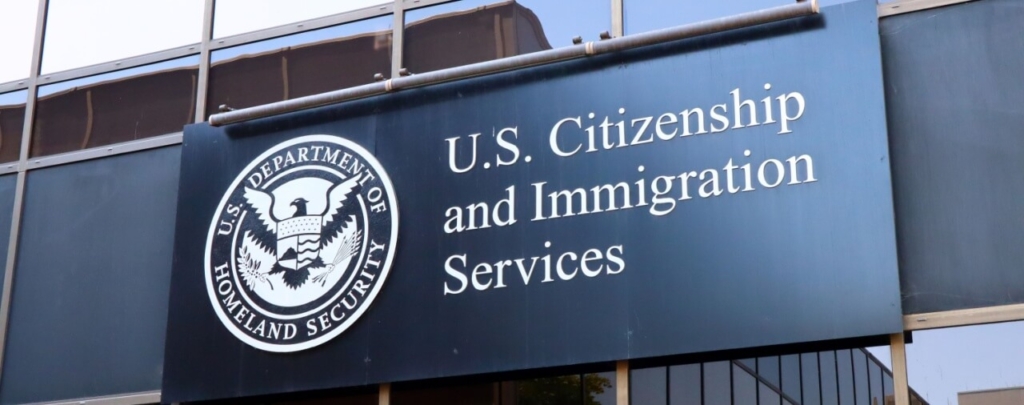An asylum applicant who demonstrates he or she has suffered past persecution is presumed to have a well-founded fear of persecution if forced to return to his or her country of citizenship or last habitual residence. See 8 C.F.R. §1208.13(b)(1). Once the asylum applicant has established he or she suffered past persecution, the burden of proof shifts to the Department of Homeland Security (DHS) to rebut this presumption. The DHS must rebut this presumption by establishing by a preponderance of the evidence that “there has been a fundamental change in circumstances”, 8 C.F.R. §1208.13(b)(1)(i)(A), or the alien “could avoid future persecution by relocating to another part of the applicant’s country of nationality.” 8 U.S.C. 1158(b)(1)(i)(B).
In the Matter of M-Z-M-R, 26 I&N Dec. 28 (BIA 2012), the Board of Immigration Appeals (BIA) recently considered whether the DHS had met its burden to demonstrate the respondent “’could avoid future persecution by relocating to another part of [his] country of nationality’ and that ‘under all the circumstances, it would be reasonable to expect [him] to do so’ pursuant to 8 C.F.R. §1208.13(b)(1)(i)(B). Matter of M-Z-M-R, 26 I&N Dec. 28, 29 (BIA 2012) citing 8 C.F.R. §1208.13(b)(1)(i)(B). The BIA had found the respondent in the Matter of M-Z-M-R had suffered past persecution; however, the issue was whether the respondent could safely relocate to another part of Sri Lanka and whether such relocation would be reasonable under the circumstances.
The Board held a two-step inquiry is required to “determine an applicant’s ability to internally relocate and the reasonableness of expecting such relocation.” Id. at 32. As an initial matter, “for an applicant to be able to internally relocate safely, there must be an area of the country where he or she has no well-founded fear of persecution.” Id. at 33. See also Tendean v. Gonzales, 503 F.3d 8, 11 (1st Cir. 2007). The BIA has held “because the purpose of the relocation rule is not to require an applicant to stay one step ahead of persecution in the proposed area, that location must present circumstances that are substantially better than those giving rise to a well-founded fear of persecution on the basis of the original claim.” Id. This means the DHS must identify a specific area within the country of return where the alien’s risk of future persecution is less than the well-founded fear level not merely a vague assertion the applicant could relocate within the country. Id. Assuming there is a specific area within the country where the alien’s fear of persecution would no longer be well-founded, the DHS must also demonstrate the region is practically, safely, and legally accessible to the alien. Id.
Once the “internal relocation analysis shows that an applicant is able to internally relocate, the Immigration Judge must next determine whether ‘under all the circumstances, it would be reasonable to expect the applicant to do so.’” Id. at 34 citing 8 C.F.R. §1208.13(b)(1)(i)(B). In determining whether internal relocation is reasonable, the Immigration Judge (IJ) must balance several factors including, but not limited to, “whether the applicant would face other serious harm in the place of suggested relocation; any ongoing civil strife within the country; administrative, economic, or judicial infrastructure; geographical limitations; and social and cultural constraints, such as age, gender, health, and social and familial ties.” 8 C.F.R. §1208.13(b)(3). It is important to note that these “factors may, or may not, be relevant, depending on all the circumstances of the case, and are not necessarily determinative of whether it would be reasonable for the applicant to relocate.” Id. This means an IJ cannot merely deny an application for asylum, because there may be a safe place where the alien could relocate within his or her country, but rather must explore others factors to determine whether relocation would be reasonable. As such, “even if an applicant is able to relocate safely, it may nevertheless be unreasonable to expect the applicant to do so.” Matter of M-Z-M-R, 26 I&N at 35. See also 8 C.F.R. §1208.13(b)(1)(iii)(A)-(B).
This decision underscores the need to thoroughly document your application for asylum. It is important to not only document your claim for asylum as fully as possible, but also be prepared if the DHS attempts to establish by a preponderance of the evidence that either you no longer have a well-founded fear of future persecution or could reasonably relocate to another part of the country of return. See 8 C.F.R. § 1208.13(b)(1)(i)(A)-(B). An experienced immigration attorney will not only ensure your I-589 Application for Asylum and for Withholding of Removal, but also assist you in thoroughly documenting and presenting your claim to the Asylum Office and/ or Immigration Court. Contact our office today if you or a loved one wishes to seek asylum in the United States.





